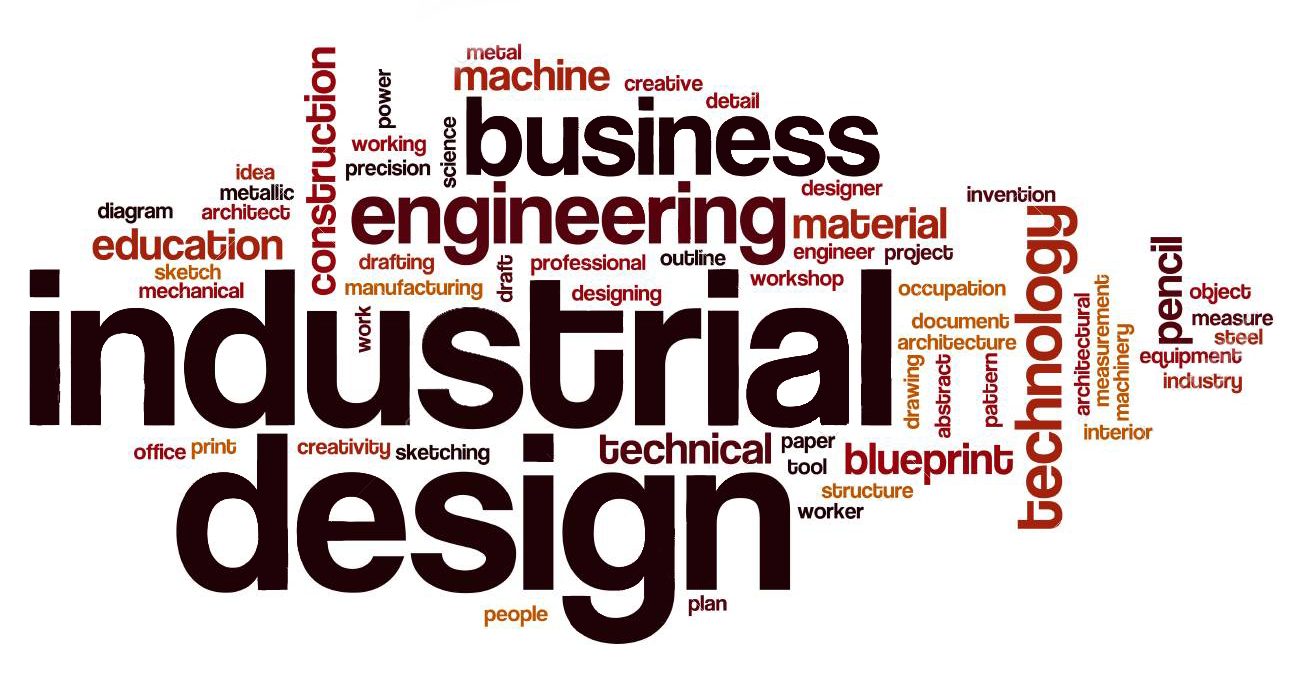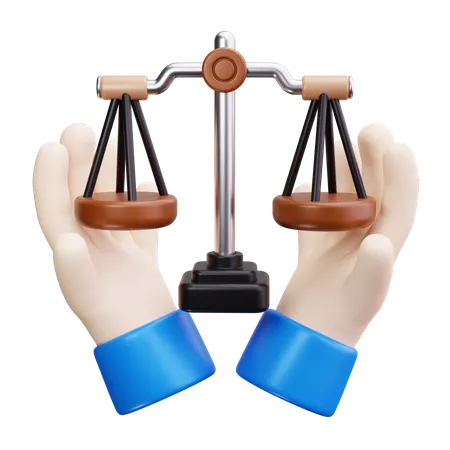
Industrial design
Industrial design rights cover those elements of a product that involve aesthetic or ornamental aspects.
These aesthetic aspects can be very important in the modern economy. Today, consumers are faced with a vast selection of products, many of which offer the same basic functionality. Therefore, they tend to choose a product with a design they find more attractive within their price range.
Industrial designs apply to a wide range of industrial products and handmade goods: automobiles, phones, computers, packaging and containers, technical and medical tools, watches, jewelry, electrical appliances, textile designs, and many other types of goods.

What designs can be protected?
Industrial design law only protects the aesthetic or ornamental aspects of a product. Its technical features, if they meet the requirements for patent protection, may be protected by a patent.
A design may consist of three-dimensional features, such as the shape or surface of a material, or two-dimensional features, such as patterns, lines, or colors.
Eligibility for protection as an industrial design under most national laws requires that the design must be new and show a degree of originality or individuality; meaning it must not be identical or very similar to any prior design. Additionally, it must be capable of being industrially reproduced; therefore, unique artistic works are not covered.

Industrial design rights
Industrial design rights grant the holder the right to control the production, import, and sale of products with the protected design. Like many other forms of intellectual property (IP), owners can exploit their design rights or sell them to others. Additionally, they can sue to prevent infringement of their rights in the relevant national court. This means that owners have a fair chance to encourage their investment in the design.
Industrial design rights last for a limited period. This varies across countries, but the maximum protection period in most countries will be at least ten years. In many countries, owners must renew their registration every few years to maintain the protection for the maximum possible duration.

National design laws differ
Industrial designs are protected in different ways in different countries. In most cases, a participating designer needs to register their design for protection, but some countries also offer limited protection for unregistered designs, and in some countries, protection is granted through “design patent registration.”
In some countries, certain industrial designs may be considered as artistic works under copyright protection. This can be beneficial for the holder as the duration of copyright protection is much longer than that of a registered design. In some countries, designs may also be protected using national laws against unfair competition.

Obtaining protection
Industrial design rights are territorial, meaning that designers or companies wishing to obtain protection in many countries may need to deal with different national systems. However, regional systems exist for some groups.
WIPO administers the Hague system. Under the Hague Agreement concerning the International Registration of Industrial Designs, applicants can submit a single international application covering up to 100 designs in as many member countries as they wish.
